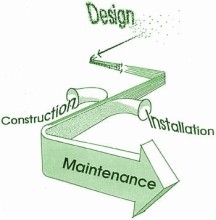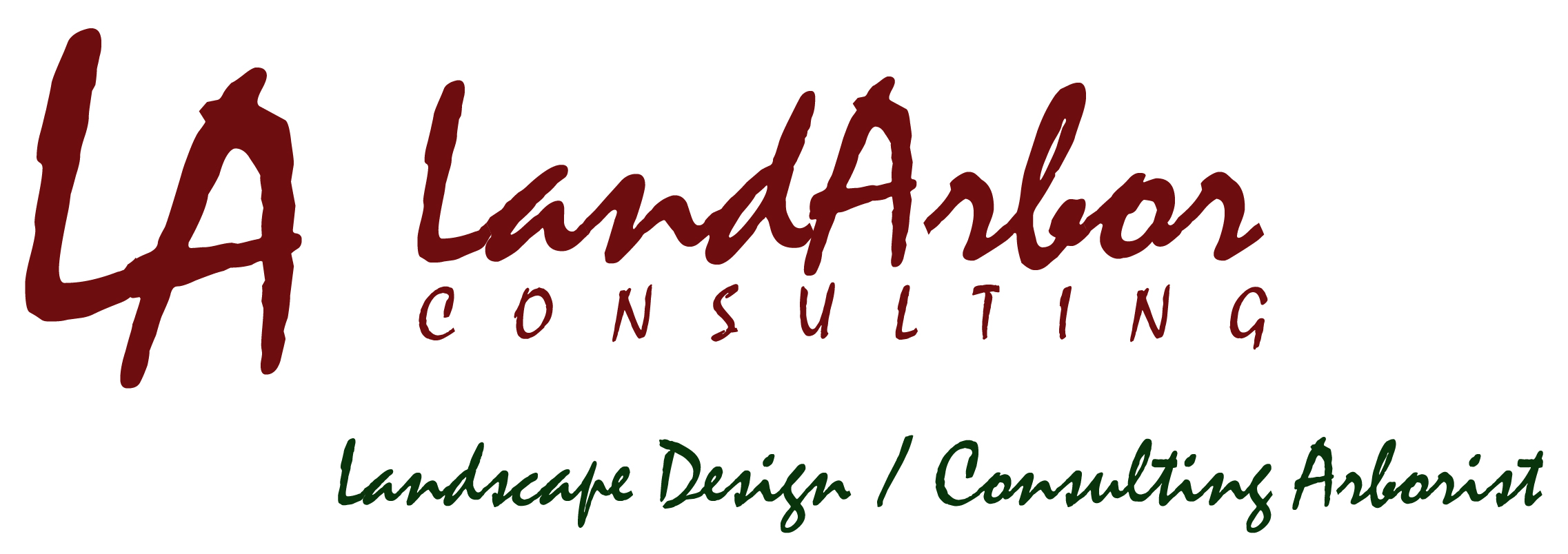What is Landscape Design?**
The process of building a good landscape involves three distinct steps: design; installation; maintenance. Failure to consider any one facet can affect the success of a landscaping project. An extremely well conceived landscape cannot succeed if it is poorly installed, nor can a poorly designed landscape be redeemed by good installation procedures. Development of the landscape throughout its history requires high maintenance standards.
The design process begins with a thorough design analysis, consisting of a site analysis and an analysis of people’s needs. Until the needs of the property and the people using it are known, they cannot be met. As a part of the site analysis, the land itself must be studied to determine if alterations are necessary to provide drainage, usable areas, and a more comfortable environment. A general study of these beneficial land features, as well as those requiring alteration is best; they are refined later, as plans are completed.
After all factors surrounding the land and its occupants have been studied, the designer can start to formulate specific design concepts. The property is divided into usable portions for the functions indicated in the design analysis, and necessary terrain alterations are planned. Shade, wind protection, screening, and enclosure can then be provided. At this stage of the design process, it is best to make general choices, not choosing specific materials until all design criteria have been evaluated.
All circulation routes are also considered during this design stage. Again, it is best to determine the general size and shape of sidewalks, drives, patios, and so forth, without specifically determining the surfacing to be used. Aesthetic decisions come later.
After all general determinations have been made about area sizes and shapes, environmental requirements, and circulation routes, the aesthetic design factors can be considered. The design becomes more specific at this point. Choices are made: a trellis or a tree for shade; a wall, fence, hedge, or mass planting for a screen; and so forth. Ground-surface patterns take form as surfacing materials are chosen and lines of demarcation are determined. All elements in the landscape can be tied together effectively in a unified design that is aesthetically pleasing. Textures, colors, and forms are blended together to form a functioning landscape that is pleasant to view. Materials selection climaxes the  design process.
design process.
The experienced designer will mull the separate parts of the design process over simultaneously as he proceeds. The designer continually shifts his attention from one factor to another, ensuring that the final design will be unified in all phases.
Those ideas that have been conceived in the designer’s mind during the design process are recorded on paper in such away that others can read and understand them: this is the landscape plan. The plan must communicate those ideas to the property owner as well as to any potential installer. Maybe most importantly, the landscape designer uses the plan to communicate ideas to himself throughout the design process. Recording the various design concepts on paper during the design process allows the designer to relate one area to another, comparing concepts for compatibility.
**excerpts from Landscape Design by Leroy Hannebaum. 1981. Reston Publ. Co.


